3 Pro Tips to Create the Perfect Study Space, Just in Time for Back to School
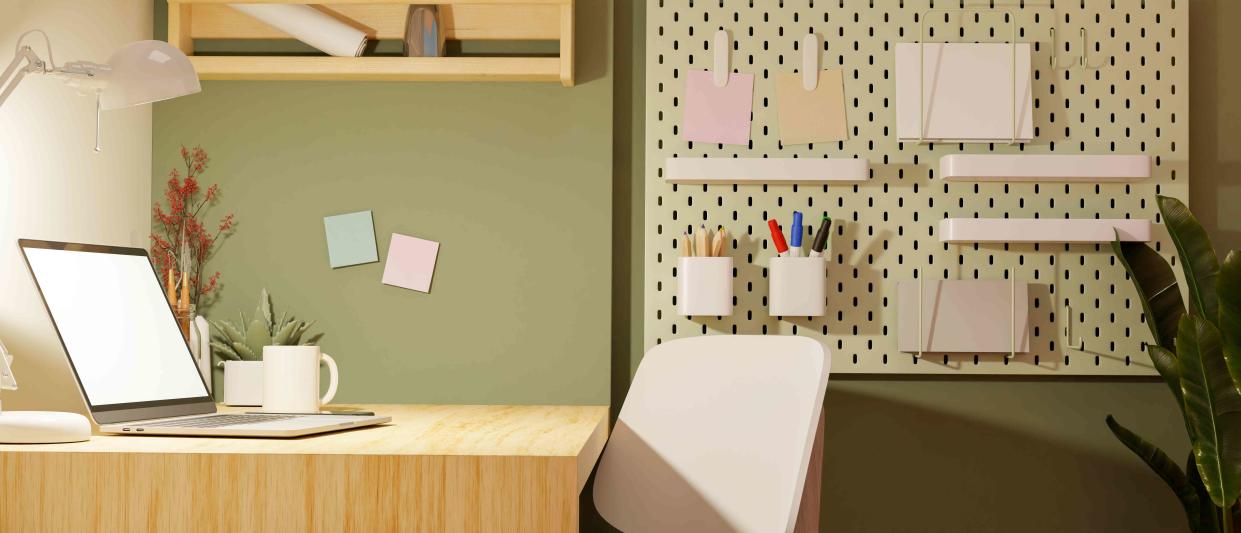
BongkarnThanyakij / Getty Images
- Oops!Something went wrong.Please try again later.
We’ll soon be trading in lazy summer days for long nights of studying. So, it’s important to make sure you have a space to ease you into back-to-school season. There are lots to consider when setting up the perfect study area: you want a space that’s organized, helps you focus, and feels comfortable (and stylish) enough to sit around for hours.
Some of us might have separate rooms to allocate for studying. But oftentimes, we have to get creative and set up our study areas in bedrooms, dorms, or even library desks. Curious about how to make it work? We called on two pros—one designer and one expert organizer—for their best tips on how to create a cool, collected study space no matter where you are or what you’re working with.
Meet The Experts
Megan Evans is the principal designer and owner of Megan Evans Interiors.
Kathryn Lord is the founder of More to Organising.
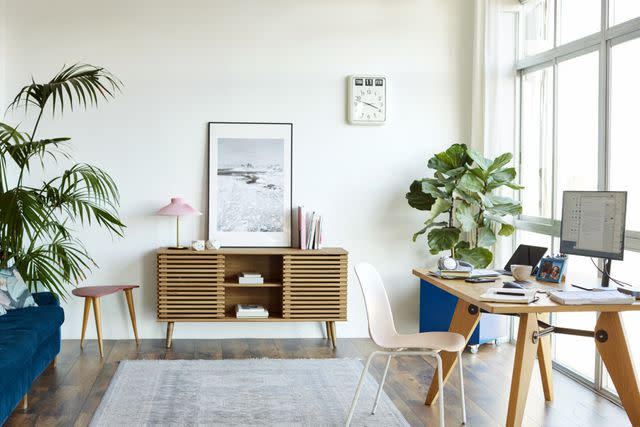
Morsa Images / Getty Images
Minimize Distractions
When it comes to creating a study area, experts agree that the space needs to be free of unnecessary distractions. That means keeping things organized.
“I am a big fan of using clear bins or drawer organizers to group items together for storage,” Megan Evans, principal of Megan Evans Interiors, says. “Consider using them for your writing utensils, paper products, chargers and cords, or miscellaneous items like a calculator or stapler.” Keeping your desk free of clutter can help with productivity, she notes.
A storage system that is clearly labeled and stocked means students don’t waste time trying to find things they need, adds Kathryn Lord, founder of More to Organising.
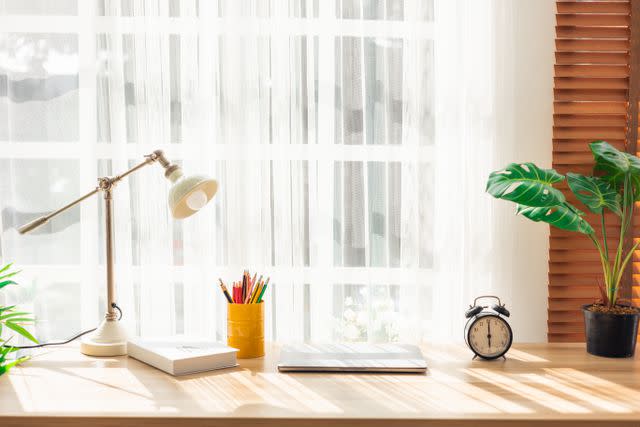
Jackyenjoyphotography / Getty Images
As for how to stay on task and on top of deadlines? Incorporating a cork board to tack on your schedule and important papers comes in handy, as well as “utilizing a dry-erase board for daily reminders,” Evans says.
Though, there are design elements that can improve focus outside of organization hacks, too. Point in case? “With one child, her reflection in the mirror meant she found it hard to concentrate,” Lord says of one of her projects. Tailoring your perfect study space to how you learn best, whether that means adding simple organization solutions or keeping the space minimal to decrease distractions fully depends on the person.
Incorporating a color palette that appeals to you is also helpful to make a space feel engaging and comfortable, Evans notes.
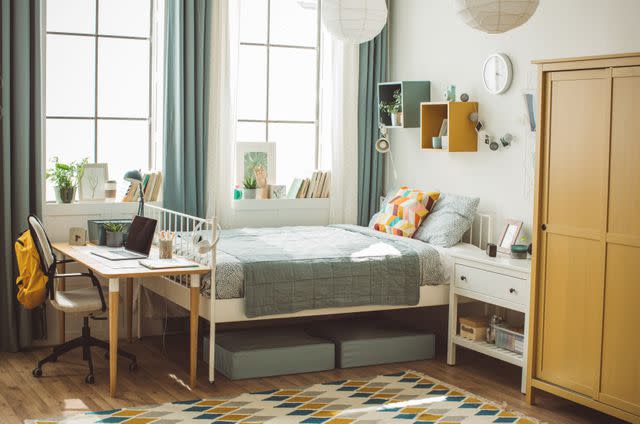
svetikd / Getty Images
Choose the Right Items
Lighting can make or break any space, Evans notes, and the same is true for study spaces.
“While having plenty of natural light and overhead lighting is important, I also love incorporating task lighting with a desk lamp,” she says. Whether it’s a clip-on lamp or a dimmable lamp, the additional light source helps ensure your eyes don’t strain after long hours of studying.
Speaking of strain, Evans recommends adding a seating option to your setup beyond your office chair, like a sofa or club chair, for the same reason. “It helps break up the monotony of sitting at a desk for an extended period of time,” she explains.
Study spaces should also have enough room to accommodate books, papers, and a computer without feeling cramped, Evans notes. An easy solution is with drawers. However, if you’re short on shelf space, you can always opt for a rolling drawer cart—Lord loves IKEA’s Raskog Trolley. “They keep all homework items stored neatly and can be easily wheeled around the space,” Lord says.
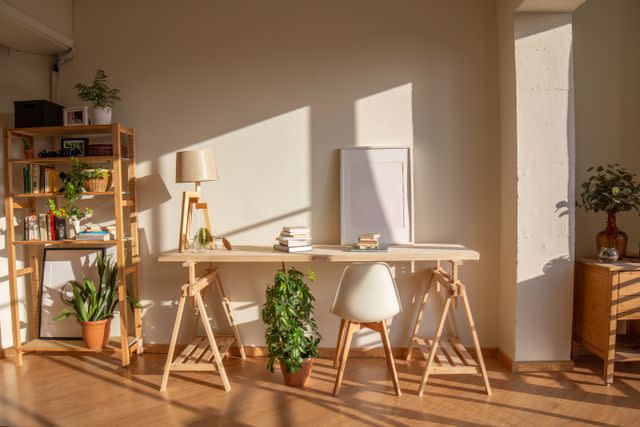
Josep Gutierrez / Getty Images
Make the Most of Small Spaces (Including Dorms)
When your square footage is scant, it can be tricky to carve out a study area you love. So, it’s especially important to minimize clutter in tight quarters, says Lord. “Saying that, if a space is too tidy, people may find it harder to be creative,” she says. “Therefore, finding a balance to make the space work for you will help.”
Lord recommends reducing items, rotating ‘in-use’ items seasonally, and keeping on top of habits to keep small spaces tidy.
As for how to actually make room for a study area? “Lofting beds helps to maximize the storage underneath,” Evans suggests. This is especially helpful in a dorm or kids’ room, as you can easily tuck a desk below the bed, making use of precious vertical space.

